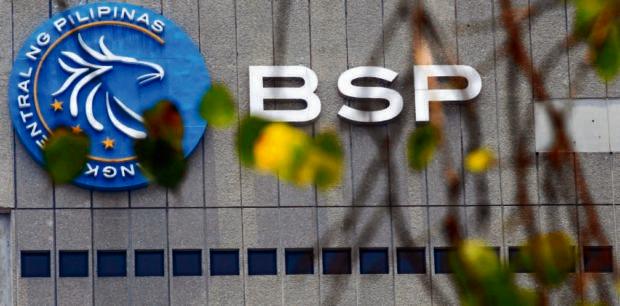PH bank lending slowed further in Feb on high rates
The year-on-year growth in lending by the country’s big banks slowed for the third month in a row to 10 percent in February, with total loans settling at P10.69 trillion amid rising interest rates. For comparison, bank lending grew by 10.4 percent to P10.7 trillion in January and by 13.5 percent to P10.9 trillion in December 2022.
Still, growth in February this year was faster than the 8.8 percent recorded in the same month of 2022 when the aggregate value of loans to Philippine residents was pegged at P9.72 billion. Loans that universal and commercial banks granted to businesses and consumers have been growing year-on-year every month for 18 months straight, since August 2021 at 1.3 percent and peaking at 13.9 percent in October and November 2022.
Preliminary data at the Bangko Sentral ng Pilipinas (BSP) also show that on a month-on-month basis, outstanding loans net of short-term loans to the BSP again decreased by 0.2 percent—same as in January—or by P18.1 billion.
Real estate
In February, Philippine residents alone borrowed 9.9 percent more at P10.37 trillion, net of short-term loans to the BSP, slower than the growth rate of 10.2 percent in January when they owed P10.4 trillion.
Of this, loans granted to businesses grew by 8.7 percent at P9.33 trillion, also slower compared to 9.2 percent (P9.37 trillion) in January.
Article continues after this advertisementThe biggest amounts were lent to companies engaged in real estate activities at P2.13 trillion (growing by 3.8 percent); wholesale and retail trade, repair of motor vehicles and motorcycles at P1.22 trillion (9.2 percent); manufacturing at P1.19 trillion (8.3 percent); electricity, gas, steam and air-conditioning supply at P1.18 trillion (9.3 percent); and financial and insurance activities at P1.03 trillion (12.5 percent).
Article continues after this advertisementMeanwhile, the growth of consumer loans to residents—for credit card transactions, motor vehicle purchases, salary-based general purpose, and other purposes—revved up to 21.2 percent at P1.04 trillion in February from 20.3 percent in January.
Nonresidents
Further, the growth of outstanding loans to nonresidents slowed further to 14.8 percent at P315.23 billion from 16.8 percent in the previous month.
“Sustained credit and ample liquidity will continue to support robust domestic demand,” the BSP said in a statement.
“Even as the Philippine banking system remains sound, the BSP will keep a watchful eye over evolving market conditions to ensure that credit and liquidity dynamics continue to be in line with its price and financial stability mandates,” the regulator added.
Various analyses from corporate economists, think tanks and credit watchers suggest that banking systems in emerging economies of Asia such as that of the Philippines were relatively unaffected by the failure of Silicon Valley Bank and Signature Bank in the United States.
However, they also suggest that adverse impact from ripple effects could not be discounted.
Michael Ricafort, chief economist at the Rizal Commercial Banking Corp., said the February growth rate in bank lending was the slowest in 11 months or since March 2022, but still among the fastest pace in nearly three years.
“The slower bank loans growth was also partly due to the rising trend in…interest rates in recent months, as well as higher prices, which led to higher borrowing costs that, in turn, partly slowed down the demand for loans,” Ricafort said.
In February, the monthly average inflation slowed down only slightly to 8.6 percent from 8.7 percent in January.
Also in February, the Bangko Sentral ng Pilipinas raised its key interest rate by 0.5 percentage point to 6 percent.
